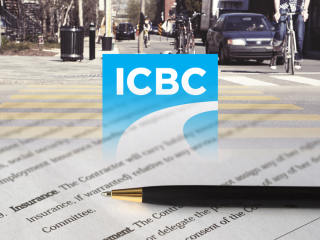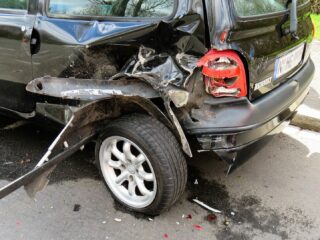The treatment and management of chronic pain is complex. Part of the reason for this complexity is that the pain experience is deeply personal. Simply put, everyone experiences pain differently. Remarkably, our thoughts and feelings can affect our body’s chemistry and our response to pain.
pain Tag Archives
Saadati v. Moorhead, 2017 SCC 28
The Supreme Court of Canada held that an expert’s diagnosis of a psychological injury was not required for the Plaintiff to succeed in recovering damages for same.
Shaw v. Mkheyan, 2017 ONSC 851
This is a threshold motion in which the plaintiff had pre-existing osteoarthritis in his left knee. The plaintiff was successful in establishing the subject car accident caused his asymptomatic left knee to become symptomatic and thus his injuries met threshold.
Pupo v. Venditti, 2017 ONSC 1519
The jury awarded $150,000 for pain and suffering damages where the Plaintiff suffered from chronic pain and had returned to work. After the jury delivered its verdict, defence counsel brought a threshold motion which was dismissed by the court
Hurt in a car? Thanks to the Ontario government, expect to lose tens of thousands from your lawsuit.
For years, accident victims have had their general damages claims automatically reduced by a deductible. How does this deductible work and what does it mean? Let’s consider two scenarios: Imagine for example that you slip and fall on a sidewalk, you break your arm and you decide to sue for pain and suffering damages. Imagine further that your pain and suffering damages are assessed as …
Malfara v. Vukojevic, 2015 ONSC 78
Released January 8, 2015 | CanLII This case contains a good refresher on the principles which will be considered in threshold motions. Justice Firestone set out the following principles: the trial judge is not bound by the jury’s verdict, but is a factor he or she can consider in determining the threshold motion; “permanent” does not necessarily mean forever until death; a permanent impairment is a weakened …














